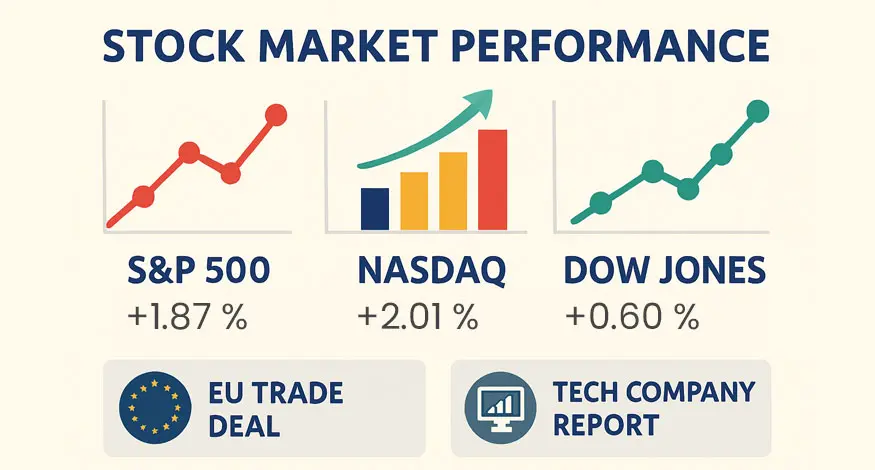What are RMDs?
At some point, the government wants you to start spending your tax-sheltered retirement savings, or at least pay taxes on the income. That’s why it requires you to withdraw minimum payments annually from your traditional IRAs and employer-sponsored retirement plans after you reach a certain age. These are referred to as RMDs or required minimum distributions.
Congress has passed significant changes related to these distributions in what’s known as the SECURE Act and its successor, SECURE Act 2.0. This legislation modifies several rules related to distributions from retirement accounts.
When must RMDs be taken?
The new rules now extend RMD age beyond the previous age of 72. If you were born between 1951-1959, you can now wait until age 73. If you were born after that, it’s age 75.
If you fail to take your RMD, the penalty has been reduced to 25% (from 50%) of the amount that should have been withdrawn. The IRS may reduce your penalty further to 10% if you fix the error within a prescribed correction window.
Your first RMD must be taken by April 1st of the year you reach RMD age. Subsequent RMDs must be taken by December 31st each year.
How are RMDs calculated?
Most brokers will calculate your RMD for you. If you have multiple IRAs, an RMD is calculated separately for each IRA. However, you can withdraw your total RMDs from one or more IRAs. For employer plans and inherited IRAs, your RMD is calculated separately and must be paid from each account.
If you’d like to calculate it yourself, you can. RMDs are calculated by dividing your retirement account balance by a life expectancy factor specified in IRS tables. For each calendar year, simply divide your account balance as of December 31 of the prior year by your distribution period, determined under the Uniform Lifetime Table using your attained age in that calendar year. This life expectancy table assumes that you have designated a beneficiary who is exactly 10 years younger than you.
If your only beneficiary is your spouse and he/she is more than 10 years younger than you, then you can use a different IRS table to calculate your RMDs.
What options are available to me?
As you get closer to retiring, it’s important to have a planned withdrawal strategy, also referred to as a decumulation strategy. Your financial security during retirement may depend on it. Don’t forget overlooked expenses such as helping family financially, healthcare costs, long-term care, and longevity. And, unless you’ve invested in a Roth IRA, don’t forget the tax man.
Next, figure out what you’ll do with your RMD. Here are a few options to consider:
- Put it towards living expenses: it seems obvious, but this could be the best use of your RMD.
- Pay down debt: consider paying off a home mortgage, credit card bills or any debt you may have that you’re paying interest on.
- Reinvest it: if you don’t need the funds for living expenses, consider transferring your RMD to an account invested in a halal fixed income mutual fund rather than sitting idly in cash.
- Convert it into a Roth IRA: You must first take your RMD before converting to a Roth. Then, you’ll pay taxes on the amount that is rolled over. Since Roth IRAs do not have RMDs, it may be a sound option to consider, especially for estate planning purposes.
- Donate it to a qualified charity: If you’re charitably inclined and want to fulfill your zakah obligations, consider donating your RMD using a qualified charitable distribution (QCD). You can transfer up to $100,000 from your IRA annually to an eligible charity. You’ll simultaneously fulfill your charitable obligations and your RMD. Plus, the income will be excluded from your taxable adjusted gross income, as well as from Social Security tax and Medicare surcharge calculations. Starting in 2024, the $100,000 limit will be indexed for inflation.
What changes did the SECURE Act legislation make to RMDs?
Besides postponing the age when you must start taking RMDs and reducing the penalty if you fail to take them, the Act also eliminates RMDs from employer-sponsored Roth accounts. Beginning in 2024, you are no longer required to take a RMD from your Roth 401(k) or Roth 403(b) plans. This will make them identical to Roth IRAs, which also do not have RMDs. If you’ve already begun taking them, you should be able to stop doing so in 2024.
If you are a widow or widower inheriting your spouse’s retirement plan assets, you will be able to elect to determine your RMD date as if you were your spouse. This provision can work well if your spouse was younger than you.
What if this is an account I’ve inherited?
There are unique RMD rules that apply because of the new legislation, such as the 10-year rule. This rule requires non-eligible designated beneficiaries to have the entire balance of the account withdrawn in 10 years following the death of the account owner. Generally, inherited Roth IRAs are subject to the same RMD requirements as inherited traditional IRA accounts. However, withdrawals from an inherited Roth are tax-free. Most withdrawals of earnings from an inherited Roth IRA account are also tax-free. Consult with your Azzad advisor for more information.




